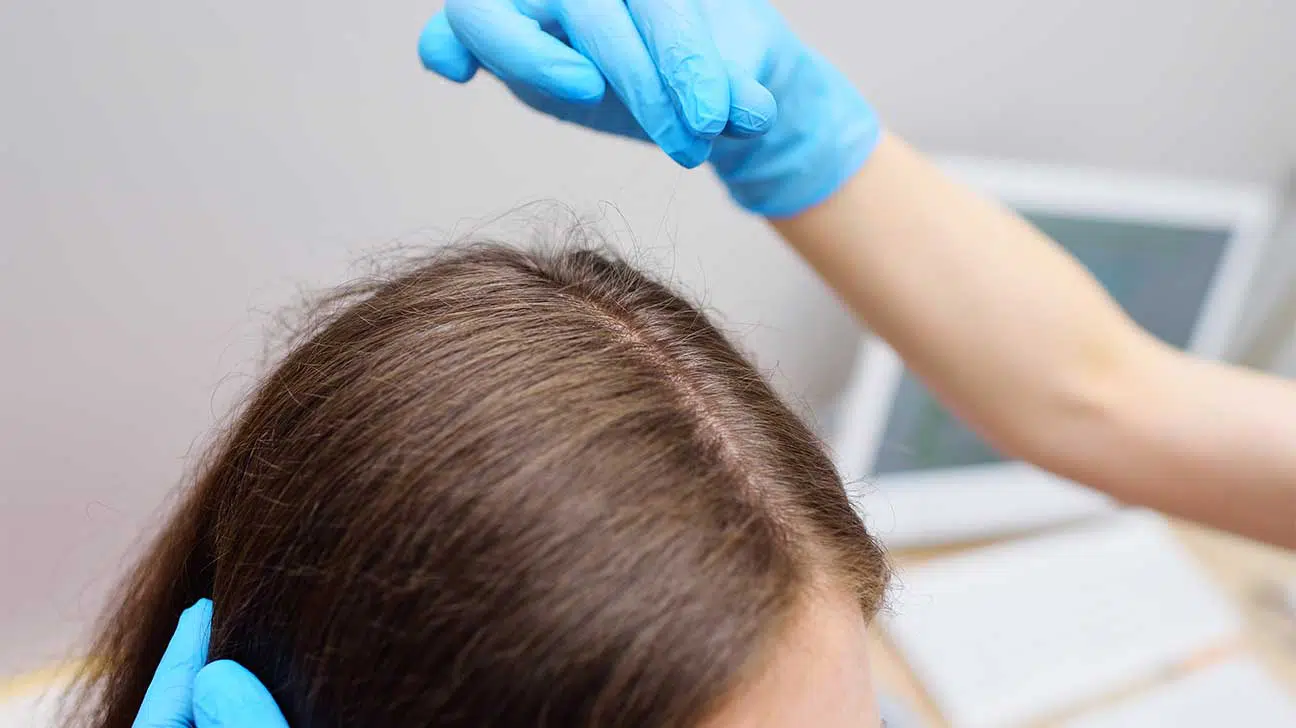
Benzodiazepines are prescription sedatives that can be detected in hair samples for up to three months, or 90 days, after a person’s last use.
Common benzodiazepines include:
- Xanax (alprazolam)
- Valium (diazepam)
- Ativan (lorazepam)
- Klonopin (clonazepam)
- Halcion (triazolam)
- Restoril (temazepam)
Hair drug tests have the longest detection window of all drug tests. Benzodiazepines can also be detected in urine, saliva, sweat, and blood samples.
Learn more about how long benzos can be detected in the body
What To Know About Hair Drug Tests
Hair tests can be conducted in a laboratory setting or at home using a testing kit bought online. If you bought a kit online, you will need to send a hair sample to a lab for it to be analyzed.
To test a person’s hair for drug use, a sample of 90 to 120 hairs will need to be taken. Generally, hair samples for this type of drug test will need to be collected from the head.
Hair tests cannot accurately detect very recent drug use. Unlike some other tests, it will take 7 to 10 days for a person to receive a positive hair test result after taking a benzodiazepine drug.
What Factors Can Affect How Long Benzodiazepines Stay In Hair?
The amount of time benzodiazepines remain detectable in hair follicles is about the same for everyone: up to three months.
Factors that can affect this average detection window include:
- dose taken
- duration of use
- having dark hair
The use of styling products will not affect the detection time of benzodiazepines in hair. Chronic benzodiazepine use may result in detection times that extend beyond the standard 90-day range.
Find Help For Benzodiazepine Addiction
Testing positive for benzodiazepine use is a common concern among people with a drug problem. If you or someone you know is addicted to benzos, we may be able to help.
By calling our helpline, we can:
- identify suitable treatment options
- explain these treatment options to you
- help you find the best treatment program for you
Overcoming an addiction to benzodiazepines is possible. Call us today to find addiction treatment for yourself or a loved one.
Addiction Resource aims to provide only the most current, accurate information in regards to addiction and addiction treatment, which means we only reference the most credible sources available.
These include peer-reviewed journals, government entities and academic institutions, and leaders in addiction healthcare and advocacy. Learn more about how we safeguard our content by viewing our editorial policy.
- Quest Diagnostics—2018 Hair Drug Testing: Frequently Asked Questions
https://www.questdiagnostics.com/dms/Documents/Employer-Solutions/Brochures/quest-hair-testing-faq-2018/Quest%20hair%20drug%20testing%20FAQ.pdf - U.S. National Institute on Drug Abuse (NIDA)—Prescription CNS Depressants DrugFacts
https://www.drugabuse.gov/publications/drugfacts/prescription-cns-depressants - U.S. National Library of Medicine—OBJECTIVE TESTING - URINE AND OTHER DRUG TESTS
https://www.ncbi.nlm.nih.gov/pmc/articles/PMC4920965/


